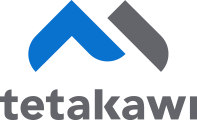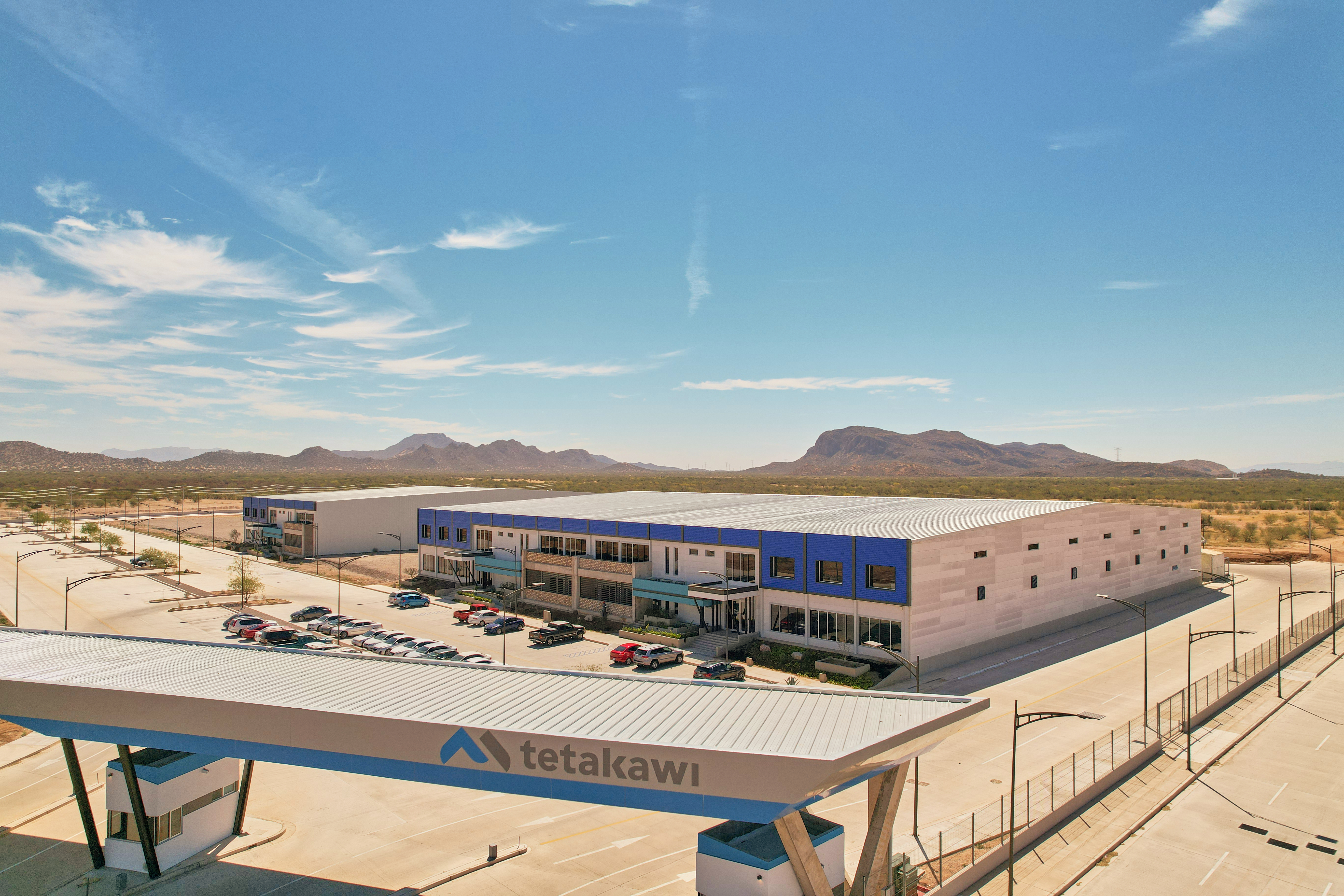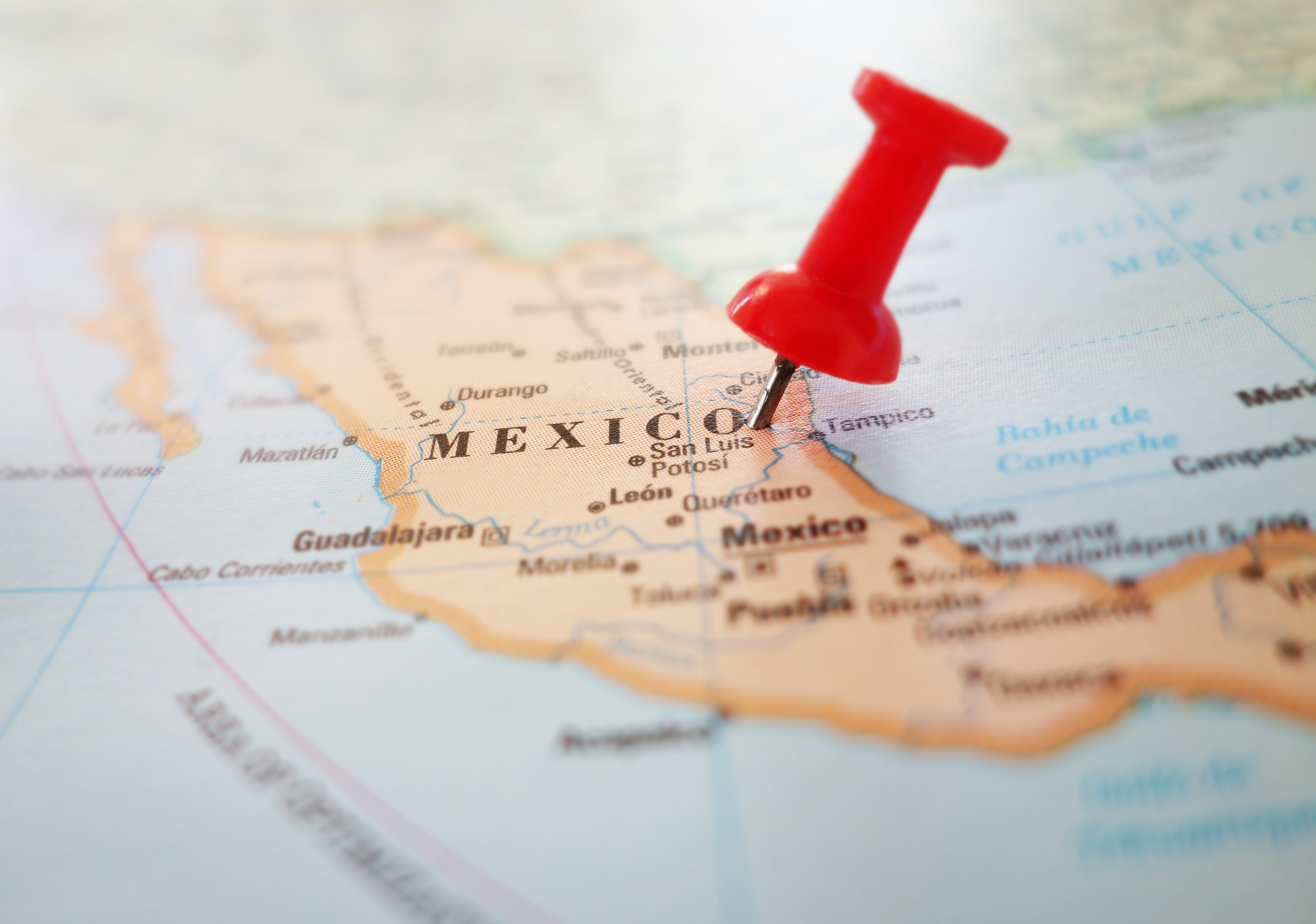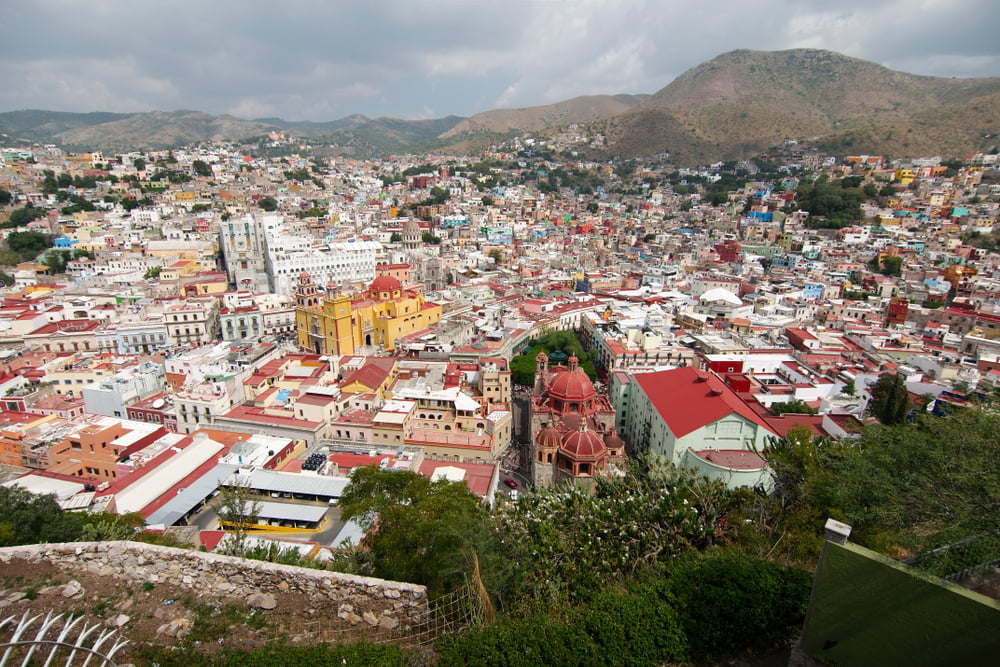A step-by-step guide for executives building a credible business case
When companies start exploring Mexico, one of the first questions they aim to answer is: “What will it cost to manufacture in Mexico?"
It’s a logical starting point. Yet, finding a trustworthy answer is one of the most complex parts of the due diligence process for expanding into Mexico.
Much of what you’ll find online, and even what some shelter service providers will tell you, paints an incomplete picture. It’s not that the numbers are false, but that they’re simplified. They leave out the friction points that show up later: logistics, fully fringed wages, local purchasing, VAT cash flow, and the real administrative load of operating in Mexico.
These omissions make Mexico look cheaper on paper than it often is in practice. And when the goal is to make a board-level decision, “good enough” estimates aren’t good enough.
That’s why serious manufacturers take a different approach. They build a comprehensive, evidence-based cost model, one that turns assumptions into a financial plan they can defend.
And that’s where Tetakawi helps.
Table of Contents:
- A step-by-step guide for executives building a credible business case
- Why the Basics You Find Online Aren’t Enough
- How the Journey with Tetakawi Works
- Step One: Define What You Know, and What You Don’t
- Step Two: Collaborate to Build a Complete Picture
- Step Three: Model Growth in Phases
- Step Four: Compare What You’d Spend, and What You’d Save
- Step Five: Validate, Visit, and Move Forward
- Why Tetakawi
- Start Your Cost Model Consultation
- FAQs
Why the Basics You Find Online Aren’t Enough
By almost any measure, Mexico is one of the most competitive manufacturing locations in the world. Labor costs are structurally lower than in the U.S., logistics are faster than in Asia, and the trade ecosystem is proven. But the “average cost” statistics that make it look easy rarely capture the real complexity of operating.
Executives researching costs usually encounter three kinds of information:
- Public wage tables and economic reports: helpful for context, but usually list nominal wages, not fully fringed labor (benefits, bonuses, social security, overtime).
- Government or EDC materials: optimistic by design, built to promote regions rather than reflect every operational cost.
- Shelter service estimates: often well-meaning, but simplified to keep early conversations attractive:
- “Don’t worry about purchasing yet; you can estimate that later.”
- “We’ll refine logistics once you’re up and running.”
- “Those overheads will normalize over time.”
Those statements are comforting until the real costs surface. Freight lanes prove longer, local suppliers aren’t ready, and hiring timelines stretch.
Suddenly, your “budget” model has turned into a “learning experience.”
Tetakawi’s process prevents that.
From day one, we help executives build a complete, landed cost model, one that connects labor, facilities, logistics, and supply chain flow into a coherent picture. The result is a plan that holds up not only in spreadsheets, but in boardrooms and on factory floors.
How the Journey with Tetakawi Works
For most companies, the first step is a discovery call, a working session designed to clarify assumptions, gather inputs, and start shaping a realistic framework for your operation.
You don’t need to have everything figured out. We start by defining what’s known, what’s unknown, and what matters most to your business model.
The goal isn’t to “sell” Mexico. It’s to give you the clarity to make a confident decision, whether that means moving forward, adjusting your scope, or refining your strategy.
From there, the process unfolds in five structured steps.
Step One: Define What You Know, and What You Don’t
Every operation starts with a vision, not a fully built plan. That’s normal.
In your discovery phase, Tetakawi helps you map out the foundation:
-
Production scope: what products or components will be made in Mexico.
-
Workforce structure: headcount by skill level and shift.
-
Facility needs: estimated space, utilities, and any special requirements.
-
Material flow: where inputs come from, how they move across the border, and what portion could transition to local sourcing.
-
Timeline: expected start of production and steady-state horizon.
Even if you only have part of this picture, Tetakawi uses benchmark data from similar operations to fill in credible baselines.
The more defined your inputs, the more precise your model will be.
Step Two: Collaborate to Build a Complete Picture
With scope defined, the next step is to translate that information into a complete operating model.
Tetakawi guides you through every cost category, from logistics to indirect overhead that other models tend to overlook.
| Category | Typical Oversight in Other Models | How Tetakawi Addresses It |
|---|---|---|
| Labor | Uses base wages only | Models fully fringed wages, including benefits, bonuses, and legal obligations. |
| Facilities | Lists rent but omits utilities, maintenance, and services. | Uses real operating data from similar operations. |
| Logistics | Simplifies or excludes import/export costs. | Includes freight, brokerage, and VAT cash flow timing. |
| Local Purchasing | Deferred as “estimate later.” | Models local sourcing based on realistic ramp-up. |
| Startup | Ignored in static estimates. | Includes training, permitting, and ramp inefficiencies. |
This level of granularity transforms a cost model from a spreadsheet into a strategic planning tool.
It helps executives see not just what the operation will cost, but why it costs that much, when efficiencies emerge, and where risk can be reduced.
Step Three: Model Growth in Phases
Manufacturing costs evolve as an operation matures. Tetakawi’s models capture that dynamic so you can plan for both current cost and future opportunity.
| Phase | Primary Focus | How Costs Typically Behave |
|---|---|---|
| Startup | Establishing operations and building teams | Initial costs are front-loaded, setup, training, and early inefficiencies. Accuracy here prevents budget surprises. |
| Ramp-Up | Reaching consistent output and scale | Efficiency improves, costs stabilize, and economies of scale begin to appear. |
| Steady-State | Operating at maturity | Costs normalize, local supply chains strengthen, and margins become predictable. |
This phased modeling gives your leadership team a roadmap, when cost advantages peak, when margins stabilize, and when working capital begins to free up.
It’s not just a cost estimate. It’s a financial forecast tied to operational maturity.
Step Four: Compare What You’d Spend, and What You’d Save
Once the model is complete, Tetakawi runs two parallel simulations using the same assumptions:
-
Standalone Operation – your company forms a legal entity, leases a facility, and manages all local functions independently.
-
Tetakawi Manufacturing Campus (Shelter) – you retain control over production and quality while Tetakawi manages infrastructure, logistics, compliance, and administration through one contract.
Because both models are built on identical assumptions, the comparison is objective.
You can see how overhead, startup time, and total landed cost behave under each structure.
The goal isn’t to make one look cheaper, it’s to show where each model adds or removes risk, and how quickly each enables you to reach operational stability.
Step Five: Validate, Visit, and Move Forward
Once your model is finalized, Tetakawi walks through every assumption with you, validating inputs, pressure-testing sensitivities, and exploring alternate regions or sizes of operations.
The next step is seeing it in action. We invite executives to visit our Manufacturing Campuses to:
-
Tour facilities housing similar operations.
-
Meet the teams managing our adminstrative support services
-
See the infrastructure that supports operations across our communities.
That on-the-ground experience connects the model to reality, giving you a clear understanding of how your numbers translate into execution.
Why Manufacturers Choose Tetakawi
Tetakawi isn’t a consultant. We’re an execution partner.
We run the campuses, employ the teams, and manage the systems that make manufacturing in Mexico work every day.
That gives us the experience to help you:
-
Build an accurate, defensible business case before investing capital.
-
Avoid hidden costs and delays buried in incomplete models.
-
Launch faster and scale smoother through one integrated platform.
With Tetakawi, you’re not just modeling what Mexico could cost, you’re modeling how it will work.
Start Your Cost Model Consultation
If you’re evaluating what it would cost to manufacture in Mexico, start with a discovery call.
In one conversation, Tetakawi will help you define your assumptions, identify missing variables, and begin building a model based on verified operating data from across Mexico.
You’ll walk away with clarity and a path from exploration to execution.
Schedule your discovery call today.
FAQs
What are the most common mistakes companies make when estimating manufacturing costs in Mexico?
Most executives underestimate total landed cost by relying on simplified or promotional data. Common pitfalls include:
-
Using nominal wages instead of fully fringed rates that include benefits and statutory obligations.
-
Ignoring logistics and customs costs until operations are underway.
-
Excluding VAT cash flow timing, which can tie up capital early on.
-
Deferring local purchasing estimates, assuming they’ll “figure it out later.”
-
Omitting startup costs for recruiting, training, and early inefficiencies.
-
Assuming administrative overhead is minimal, only to find compliance, HR, and payroll consume more than expected.
These mistakes don’t just distort forecasts, they can derail an otherwise viable business case. Tetakawi’s cost model eliminates those blind spots by grounding every assumption in real operational data.
What’s included in Tetakawi’s cost model?
Our model incorporates every major cost category: labor (fully fringed), facilities, logistics, local purchasing, startup, and the administrative and compliance overheads often overlooked elsewhere. It’s designed to reflect both your initial setup and steady-state operation, giving you a full picture of cost behavior over time.
How does Tetakawi’s model differ from other shelter service providers?
Many providers use simplified assumptions to make early numbers look more attractive. Tetakawi’s approach is to model the full reality upfront — logistics, VAT timing, fringe benefits, startup inefficiencies — so your financial plan aligns with operational truth. Our goal isn’t to present the lowest number; it’s to present the most reliable one.
How long does it take to build a cost model with Tetakawi?
Most companies receive a validated model within one week of their discovery call. The timeline depends on complexity and how much detail is known at the start. Tetakawi’s process is highly collaborative, so you’ll see progress quickly and clarity sooner.
Can Tetakawi validate a cost model we’ve already built internally?
Yes. Many companies come to us with internal estimates or consultant-built frameworks. We stress-test those assumptions using verified operating data from across Mexico, often refining wage, logistics, and overhead inputs to better reflect real conditions.
What happens after the cost model is complete?
If the economics align, Tetakawi helps you move from analysis to execution. That might include visiting one of our manufacturing campuses, meeting operational teams, and finalizing your expansion plan. We manage the transition from modeling to launch so your decision moves from concept to execution without friction.
How can I get started?
The first step is a discovery call with our team. In a single conversation, we’ll help you identify missing variables, refine assumptions, and start building a model that reflects your real opportunity in Mexico.
Schedule your discovery call to begin.
Subscribe
Sign up and stay informed with tips, updates, and best practices for manufacturing in Mexico.
Table of Contents:
- A step-by-step guide for executives building a credible business case
- Why the Basics You Find Online Aren’t Enough
- How the Journey with Tetakawi Works
- Step One: Define What You Know, and What You Don’t
- Step Two: Collaborate to Build a Complete Picture
- Step Three: Model Growth in Phases
- Step Four: Compare What You’d Spend, and What You’d Save
- Step Five: Validate, Visit, and Move Forward
- Why Tetakawi
- Start Your Cost Model Consultation
- FAQs





